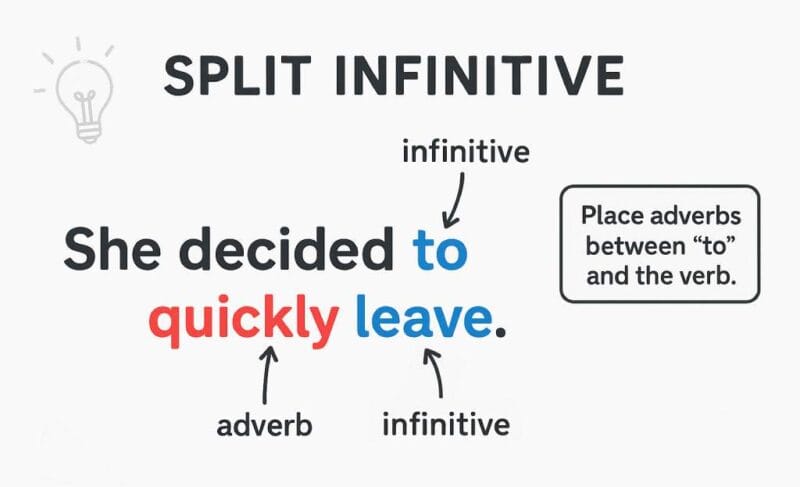Defamiliarization is a method of perception, a way literature reframes the world so that what once passed unnoticed becomes arrestingly strange. Introduced by the Russian formalist Viktor Shklovsky in his 1917 essay “Art as Technique,” defamiliarization reshapes the familiar, transforming the automatic into the conscious. Through unexpected language, unconventional imagery, or structural distortion, it revives our attention and slows our perceptual habits.
The Historical Background of Defamiliarization
Although Shklovsky provided the theoretical vocabulary for the concept, its practice has existed long before him. Writers from earlier centuries—whether Cervantes, Sterne, or Blake—had already been bending the rules of representation to alter how we see. What Shklovsky introduced was a framework: a lens through which to understand why literary texts sometimes abandon clarity and why estrangement is not confusion but a deliberate artistic choice.
In Russian formalism, defamiliarization functioned as a rebuttal to utilitarian views of language. Language, Shklovsky insisted, had two functions: the practical, which communicates efficiently, and the artistic, which disturbs fluency to arrest the senses. The latter—through techniques like metaphor, digression, inversion, or absurdity—interrupts comprehension just enough to reawaken the eye.
Defamiliarization: A Working Definition
The clearest defamiliarization definition begins with a paradox: literature makes the ordinary feel new by making it seem strange. Shklovsky argued that over time, perception becomes habitual. A tree, a kiss, a loss—these no longer strike us because they’ve become too easy to recognize. The goal of art, he claimed, is to return sensation to our experiences by obstructing the automatic. In his words, it is art that “exists that one may recover the sensation of life; it exists to make one feel things, to make the stone stony.”
Defamiliarization in literature works through a deliberate dislocation of language and structure, twisting and rearranging words, expanding syntax, and steering clear of familiar phrasing. Events unfold through distorted vantage points, while narrative time bends or splinters, disrupting linear progression. These are not ornamental flourishes but calculated strategies that interrupt habitual reading, slowing comprehension just enough to sharpen perception and heighten awareness.
Defamiliarization and the Question of Clarity
Defamiliarization is often mistaken for obscurity. But the aim is not confusion—it is renewal. When done well, defamiliarization doesn’t make meaning inaccessible; it makes it vivid. It is a recalibration of perception. The sentence resists paraphrase not because it hides its content, but because it refuses to dilute its force. It demands that we look harder.
This recalibration also reconfigures emotional responses. A sentence that estranges grief, for instance, may allow us to feel it more sharply. By removing the conventional cues, the prose asks us to confront the event directly, without cliché. Defamiliarization thus often reveals its subject more intimately than plain realism ever could.
Defamiliarization and Point of View
Some of the most powerful defamiliarization in literature occurs through point of view. When fiction enters a mind that does not adhere to expected categories of thought, it destabilizes the reader’s expectations. William Faulkner’s The Sound and the Fury (1929) begins with the stream of consciousness of Benjy, a cognitively impaired narrator whose sense of time is nonlinear. The language is fragmentary, the associations opaque. But through this disorienting filter, we encounter emotional intensities with remarkable immediacy.
Toni Morrison uses a similar disjunction in Beloved (1987), where the trauma of slavery is narrated through characters who often cannot speak directly. Their thoughts shatter into fragments, repeating and circling around the unspeakable. The defamiliarization here is not only stylistic but also moral—forcing the past to remain unsettled.
How Defamiliarization Works in Fiction
One of the most frequently cited defamiliarization examples is Leo Tolstoy’s retelling of the act of flogging from the perspective of a character who finds the process incomprehensible. In “Kholstomer”(1886), the story of a horse is told from the animal’s point of view. The horse does not understand human institutions like ownership, inheritance, or cruelty. This unfamiliar frame allows the reader to see these structures afresh—stripped of their usual moral justifications. Ownership becomes absurd, and punishment becomes grotesque.
In fiction, defamiliarization often works on several levels: linguistic, visual, temporal, and perspectival. A writer may defamiliarize language through neologisms or idiosyncratic syntax; they may distort time by disrupting causality or chronology; they may shift narrative voice to a nonhuman or childlike consciousness. Each of these decisions breaks habitual reading patterns.
Consider Franz Kafka’s The Metamorphosis (1915). The story opens with the sudden transformation of Gregor Samsa into an insect. The prose, however, resists alarm. The estrangement lies not in the event but in its presentation. Kafka’s calm tone and Gregor’s bland acceptance produce dissonance. The familiar human world—family dinners, office jobs, doors and keys—is filtered through a body and mind now alien. Nothing is explained; everything is estranged.
Defamiliarization in Modernist and Postmodern Fiction
Defamiliarization found fertile ground in modernist literature, where aesthetic experimentation often served to estrange rather than clarify. In Virginia Woolf’s To the Lighthouse (1927), time stretches and contracts, and inner thought bleeds into the external world. What might have been described in straightforward terms becomes submerged in a sea of perceptual flux. The lighthouse, central to the novel, resists metaphor or symbolic finality; it is both concrete and elusive. Its image refracts rather than resolves.
Similarly, James Joyce’s Ulysses (1922) is built on linguistic overload, stream of consciousness, and an overwhelming detail that defamiliarizes even the simplest walk through Dublin. What might have been mundane becomes over-saturated with inner commentary, historical layering, mythic echoes. The sentence becomes a site of disruption. Meaning resists summary.
In postmodern fiction, defamiliarization is often self-aware. It draws attention not only to the strangeness of the world but to the strangeness of representation itself. Italo Calvino’s If on a winter’s night a traveler (1979) is a novel about reading novels, filled with interruptions, shifts in perspective, and metafictional play. The structure—fragmented and recursive—undermines narrative fluency, and the reader is not permitted to settle.
Defamiliarization in Contemporary Literature
Contemporary writers continue to use defamiliarization not just to innovate but to resist flattening. Helen Oyeyemi, in novels like Boy, Snow, Bird (2014), uses fairy-tale structures and sudden shifts in logic to examine race and identity. The world she constructs obeys its own rules—rules that force the reader to inhabit unfamiliar ethical ground.
In A Visit from the Goon Squad (2010), Jennifer Egan defamiliarizes time by leaping across decades and employing unorthodox narrative forms, including a PowerPoint presentation. This fragmentation reveals how memory and identity fail to hold still, how coherence is a fragile invention.
Even autofictional works like Rachel Cusk’s Outline trilogy use subtle defamiliarization. The narrator’s erasure, the flat recounting of others’ stories, and the coolness of tone all estrange the narrative from its emotional content. We are made to confront not only what is said but also what is withheld.
Why Defamiliarization Still Matters
In a culture saturated by imagery, slogans, and formulas, literature that refuses the predictable becomes not only artistically valuable but also politically charged. Defamiliarization interrupts ideological fluency. When fiction presents the world askew, it also exposes the assumptions embedded in our ways of seeing. It does not dictate what to think; it compels us to think again.
This matters not only in revolutionary works but in quieter ones. Kazuo Ishiguro’s The Unconsoled (1995) plunges the reader into a dreamlike, shifting world where characters forget their intentions, events overlap irrationally, and spatial continuity collapses. The effect is not confusion for its own sake, but a subtle evocation of disorientation, alienation, and the search for coherence.
Even minimalist fiction can defamiliarize. Lydia Davis, in her extremely short stories, often takes banal observations or settings and renders them with such precision that their strangeness glints beneath the surface. Her piece, “The Cows” (2011), for example, describes cows in a field in obsessive detail, until the ordinary dissolves into something at once absurd and philosophical.
In a way, defamiliarization is not a retreat from meaning but a confrontation. When fiction reorders perception, it does not aim to mystify but instead to recalibrate. It strains language, disturbs structure, and disorients point of view—all to make the world appear again, undulled.
This technique remains central to literature’s power—not because it alienates, but because it restores sensation. It refuses to let words become lifeless habits. Instead, it compels attention, demands patience, and delivers the world not as we expect it, but as if we are seeing it for the first time.
Further Reading
Defamiliarization on Wikipedia
Mapping the Unknown: Literary Defamiliarization in Our Pandemic Era by Gabrielle Bellot, Literary Hub
Defamiliarization Examples in Short Stories and Poems on writingforums.com
What books make the strongest use of Defamiliarization? on Reddit




